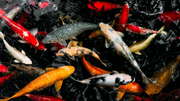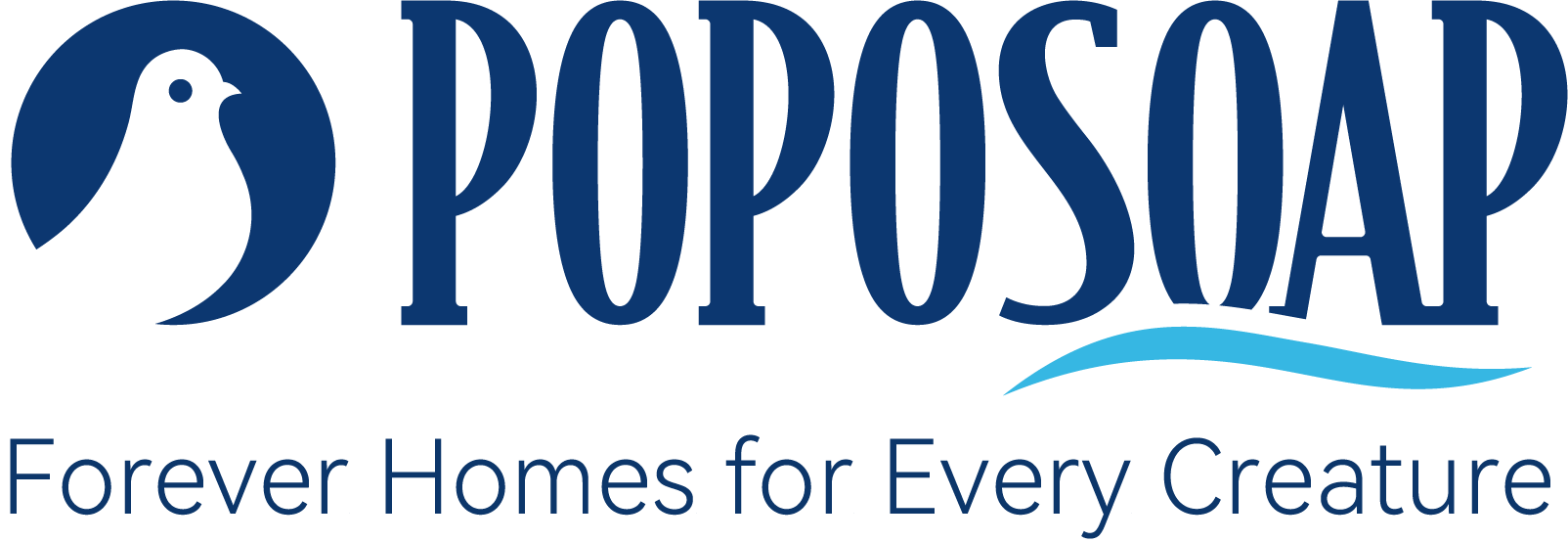
You’ve fallen in love with the idea of jewel-toned koi gliding through crystal water, but before a single shovel breaks ground, a thousand practical questions crowd in: How big must the pond be? Where should it go? Will it bust my budget—and what equipment really matters?
This guide gathers the answers new builders ask most often, mixing time-tested pond-keeping wisdom with modern, solar-powered solutions from Poposoap, so you can plan with confidence and enjoy lower operating costs for decades.
Introduction: Why Building A Koi Pond Requires Planning
A koi pond is more than a pretty hole in the ground. Unlike a casual wildlife pool, it must support large, long-lived fish that produce hefty waste, need year-round oxygen, and thrive only when water chemistry stays rock-steady.
Good planning, therefore, balances size, shape, filtration, circulation, shading, safety, and—of course—cost. Skip that homework, and you’ll battle algae blooms, sick fish, and power-hungry pumps that drain both wallet and enthusiasm.
What Size Should A Koi Pond Be?
Rule of thumb: At least 1,000 gallons (≈3,800 L) and 3–4 feet (0.9–1.2 m) deep.
- Body mass matters. Mature koi regularly reach 24 in (60 cm), and some champion bloodlines push 36 in (90 cm). A spacious volume dilutes ammonia spikes and gives each fish cruising room.
- Thermal stability. Depth buffers summer heat waves and winter freezes, providing a stable 39 °F (4 °C) refuge at the bottom.
- Oxygen reserve. More water holds more dissolved oxygen, giving your Poposoap Pond Aerator or Floating Fountain wiggle room if a power-cut or three-day storm reduces surface exchange.
If you must start smaller—say 750 gallons—stock lightly and be prepared to re-home fish as they grow.
Key Features Of A Proper Koi Pond
- Robust Filtration – Pair mechanical mats that trap mulch with biological media where nitrifying bacteria convert ammonia to safer nitrate. A Poposoap Pond Filter delivers both stages in a weather-proof, tool-free housing.
- Strong Circulation – Aim to turn the full pond volume every one to two hours. Poposoap Waterfall Pumps or Solar Pond Aerators create directional flow, push waste to skimmers, and keep oxygen high.
- Gentle, Rounded Shape – Kidney or oval footprints prevent debris dead zones and give koi smooth corners to glide around.
-
Shade & UV Protection – Water lilies, pergola beams, or a Poposoap Floating Fountain (its spray disk doubles as partial shade) block excess sun that fuels algae.

- Safe Edging – Non-slip rocks or coping stones protect children, pets, and curious herons.
How Much Does A Koi Pond Cost To Build?
Budgets vary wildly, but you can break costs into three layers: digging & liner, life-support hardware, and aesthetics.
- Entry-level DIY (≈US $1,500–3,000). Renting a mini-excavator for a weekend, installing an EPDM liner, and adding a mid-range Poposoap Solar Pond Filter can keep outlay low. You’ll provide your own labor and use local boulders or reclaimed timber for edging.
- Mid-tier contractor build (≈US $6,000–12,000). Professional excavation, concrete collar, rock stacking, bottom drain plumbing, and a Poposoap Hybrid Waterfall Pump package fall here. Expect integrated skimmers, two LED pond lights, and enough volume for 8–10 adult koi.
- High-end show pond (US $20,000 +). Formal reinforced walls, dedicated filter room, automatic top-off, and multiple Poposoap Pumps feeding cascades can rival a swimming pool budget. Energy-saving solar arrays recover some operating cost over time.
Remember, koi pond construction cost doesn’t end at launch; electricity and maintenance run on for decades. That’s why builders who choose Poposoap’s daylight-powered fountains, aerators, and filter boxes usually see the lowest lifetime expense.
What Equipment Is Essential?
- Mechanical & Biological Filter – Heart of water quality; go oversized.
- Skimmer & Bottom Drain – Pull floating debris and heavy waste to the filter.
- Pumps – A main circulation pump (solar-assisted if possible) plus an air pump or Poposoap Pond Aerator for emergency oxygen.
- Lighting – Poposoap Pond Lights let you inspect fish at night and enjoy moonlit reflections. Warm-white or RGB models mount on shelves or stakes—no mains wiring.
- Floating Fountain or Waterfall – Adds aeration, white-noise masking, and visual drama; Poposoap designs include quick-swap nozzles for different spray styles.
- Optional UV Sterilizer – Controls green-water algae without chemicals.
Where Should I Place The Koi Pond?
Choose a spot with morning sun, afternoon shade, and high visibility from your living space. Keep at least 15 ft (4.5 m) from mature tree roots, avoid utility lines, and ensure a gentle grade so storm runoff doesn’t dump soil and fertilizer into the basin. A south-facing patio corner often provides perfect solar exposure for Poposoap panels while sheltering fish from harsh western sun.
How To Maintain A New Koi Pond?
- Cycle the filter – Run pumps for four weeks before adding more than a couple of hardy fish.
- Feed sparingly – Overfeeding drives ammonia; koi thrive on several small meals they finish in three minutes.
- Clean mechanical mats weekly – Rinse in pond water, never chlorinated tap.
- Back-flush biological chambers monthly – Poposoap filter handles open with finger tabs, no screwdrivers needed.
- Check parameters – pH, ammonia, nitrite, nitrate; adjust with water changes if needed.
- Seasonal tweaks – In winter, lift submersible pumps 12 in (30 cm) off the bottom so they don’t disturb the warm refuge layer; let a Poposoap Floating Fountain keep an ice-free vent for gas exchange.
Good husbandry means less time scrubbing algae and more time watching koi explore their underwater garden.
Conclusion: Build It Right From Day One
Koi ponds are long-term commitments, but when you size them generously, shape them thoughtfully, and power them with efficient gear, they repay you with living art that grows more beautiful every year. Start with a clear plan: volume for adult fish, rounded contours, reliable Poposoap filtration, and solar-assisted pumps that slash utility bills. Budget smartly—remember the operating costs, not just the excavation—and choose a location that flatters both fish and your lifestyle. Do that, and your journey from blueprint to shimmering refuge will be smoother, cleaner, and far more rewarding.








